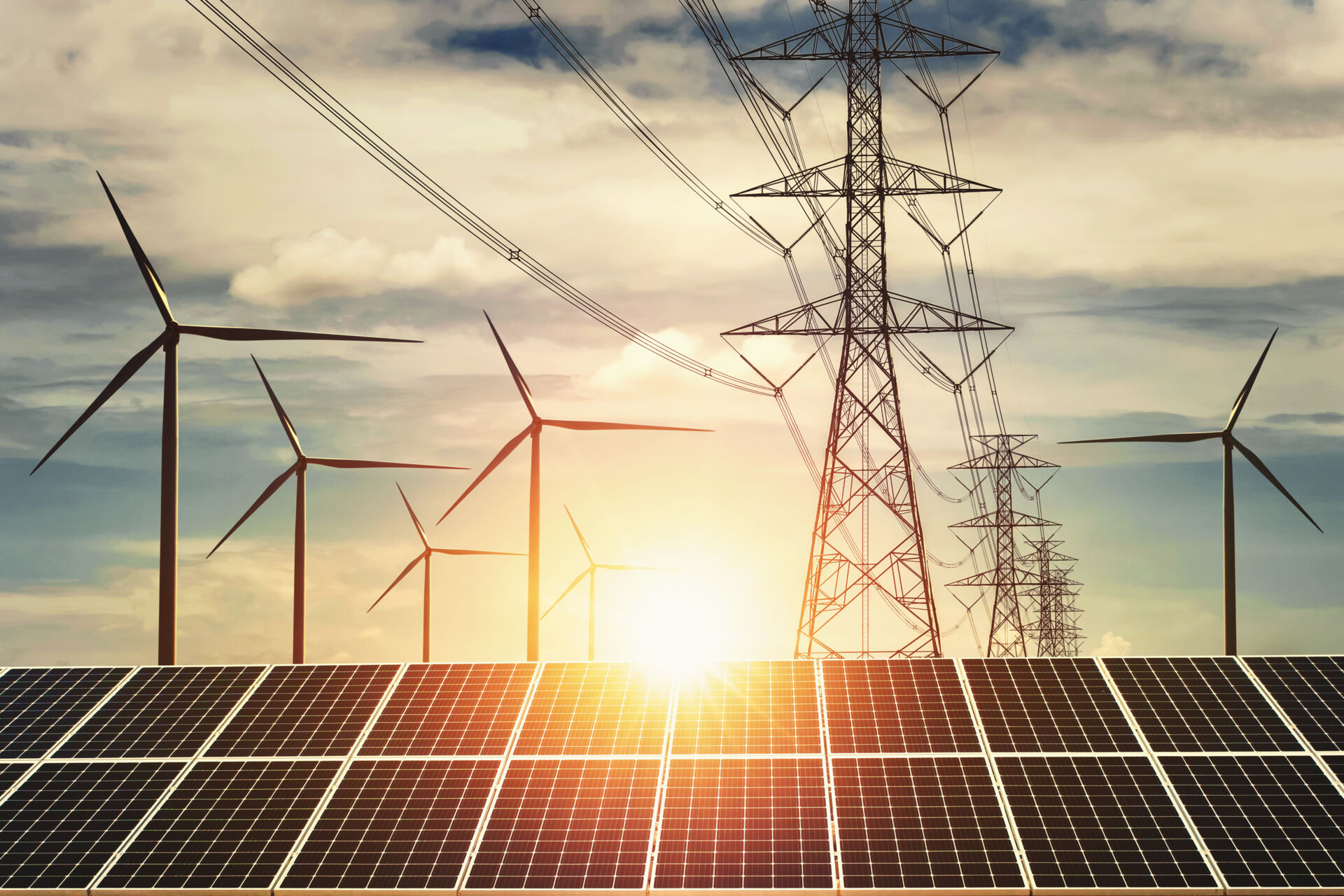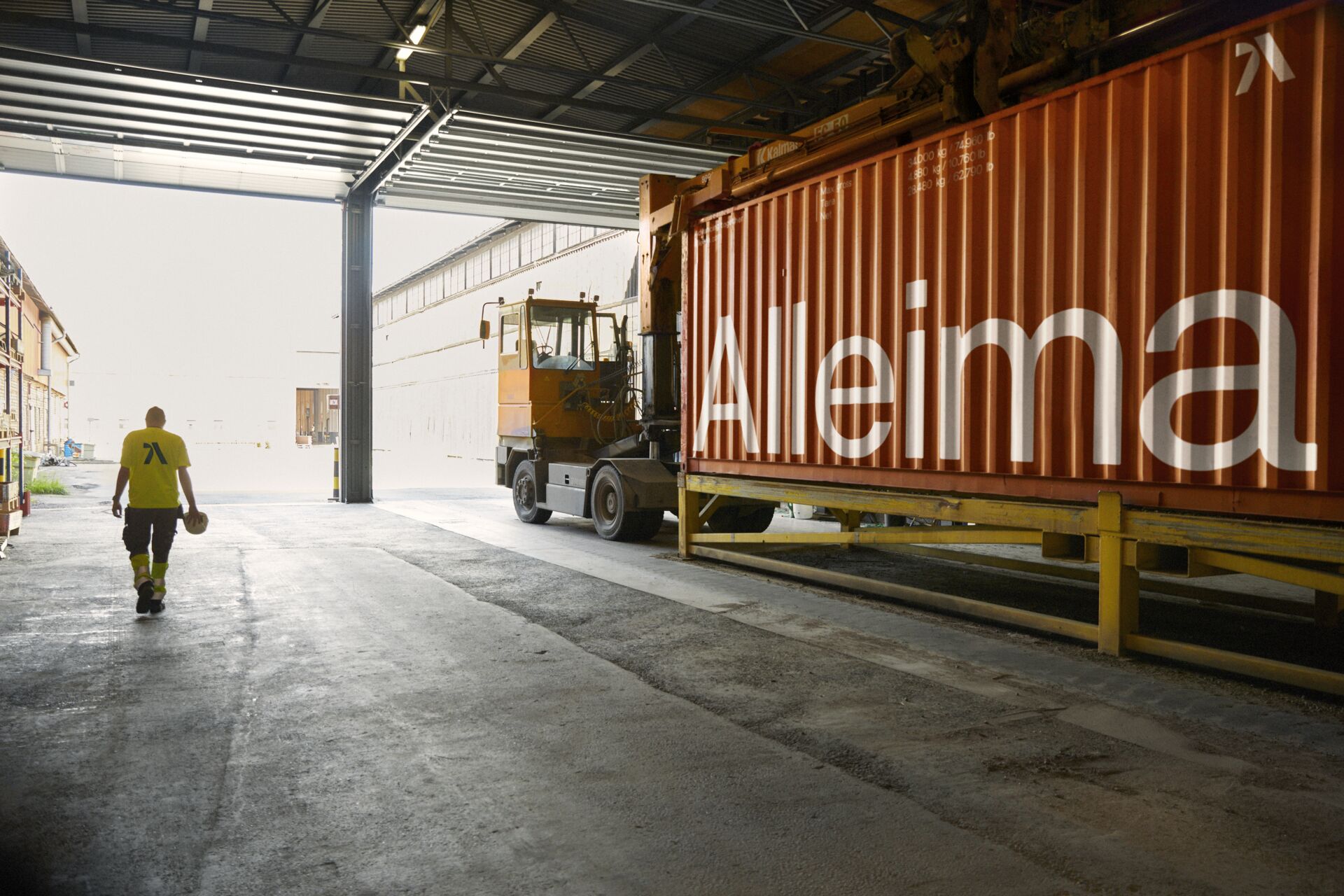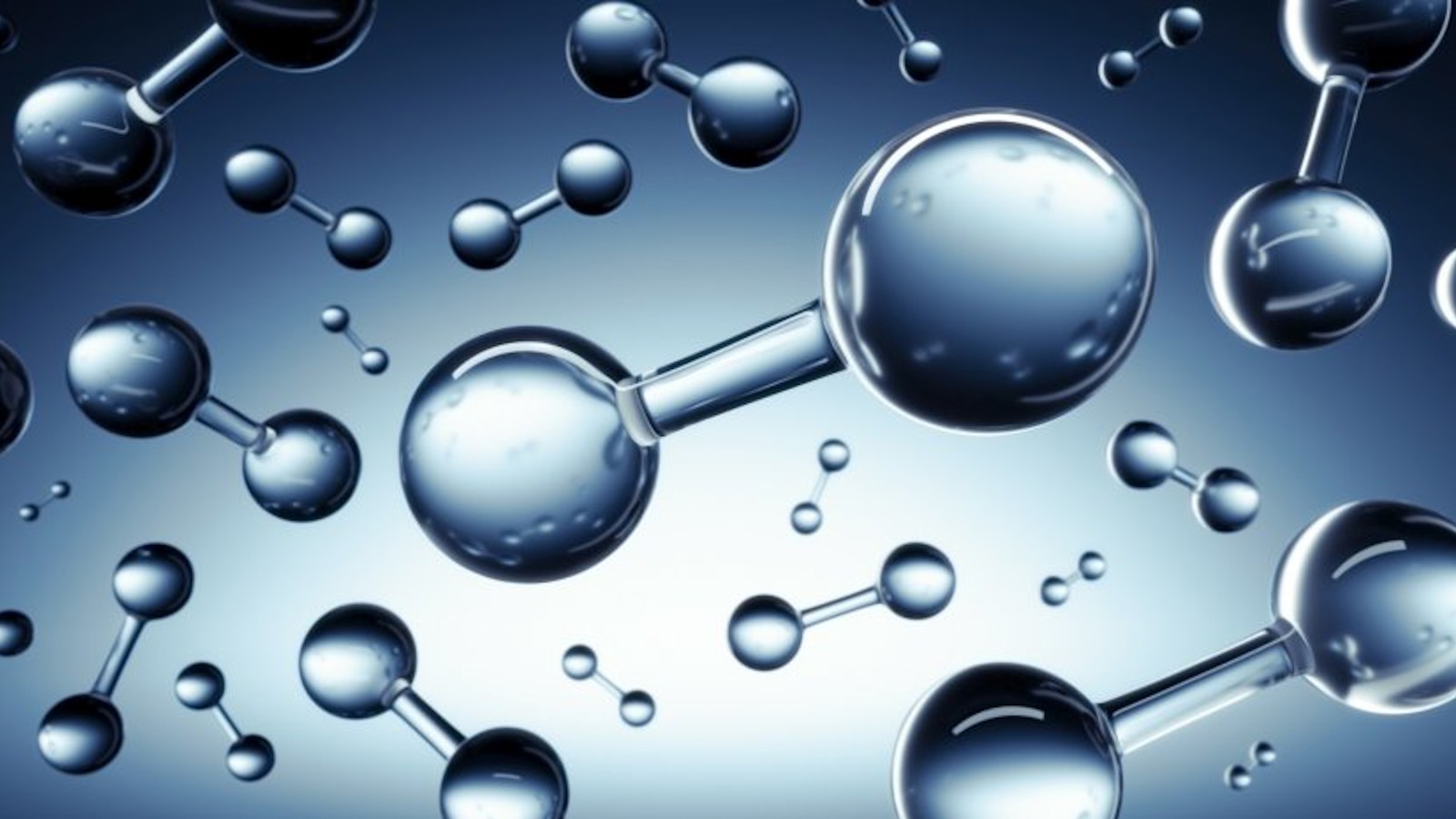Hydrogen stands to play a key part in tackling the world’s energy challenges. With global electricity consumption growing at record rates, hydrogen is not only one of the future leading options for storing energy – it can also be used together with oxygen directly as fuel or to generate electricity.
Current estimates by International Energy Agency (IEA) suggest that global electricity consumption could double over the next decade, especially as more and more industries transition to fossil-free production. This will require both a rapid expansion of the overall electricity production capacity and better utilization of the surplus electricity generated by renewable energy sources.
Hydrogen is an efficient energy carrier
Hydrogen can play a key role in balancing out the peaks and troughs in the electricity supply. It is the most abundant element in the universe and an efficient energy carrier – it is not a primary energy source, but highly versatile and can be used to store, transport and provide energy.
Hydrogen is produced by splitting water molecules into hydrogen and oxygen, which can be done in different ways. Either in a steam generator from non-renewable energy sources or for example with electrolysis from renewables such as wind or solar power. The latter is often referred to as green hydrogen and the carbon footprint is close to zero.

Electrolyzers are a critical technology to produce hydrogen from renewable electricity. However, to date, the capacity for hydrogen production is accelerating at a rapid pace.
Surplus electricity can be converted into hydrogen and stored, thus enabling the excess solar power generated during the summer to be utilized in winter, for example. Potentially, when gasified or liquified, it can be transported from where it is produced over long distances via pipelines or by truck to where it is needed most.
 “Ammonia is a great hydrogen carrier and also a possible way to transport the hydrogen from A to B,” says Tobias Lummerich, Global Industry Manager Hydrogen, Alleima.
“Ammonia is a great hydrogen carrier and also a possible way to transport the hydrogen from A to B,” says Tobias Lummerich, Global Industry Manager Hydrogen, Alleima.
Applications across sectors
Hydrogen can be used across various applications from mobility to heavy industry, directly as a combustion fuel to generate electricity, or as backup power – thereby helping to decarbonize transportation and industries.
A promising way in which to use hydrogen as a fuel source is in the form of a hydrogen-powered – or H2 – fuel cell. A fuel cell converts the chemical energy from hydrogen and oxygen forming water (H2O) to electrical energy. It is a clean form of energy with electricity, heat and water being the only products and by-products.
“The heavy-duty vehicle segment currently has a great potential to utilize hydrogen fuel cell technology. There is also an increasing interest from the steel industry and other large CO2 emitters such as cement and aluminum”, Lummerich continues.
“The hurdles are still how to produce enough hydrogen, the cost of producing it which is still pretty high and how to distribute it in an efficient way”.
Alleima and hydrogen
Alleima is active in the hydrogen space and offers materials, products and solutions suitable for hydrogen production, distribution as well as hydrogen usage like in fuel cells and electrolyzers.
 “It can be a hurdle to choose the optimal grade for the specific application. With our extensive experience in materials technology, and in-house R&D and testing capabilities, we can work together with our customers to recommend the optimum alloy for the hydrogen application, and explain how alloys behave in different environments”, says Johan Salwén, Technical Marketing Specialist, Alleima.
“It can be a hurdle to choose the optimal grade for the specific application. With our extensive experience in materials technology, and in-house R&D and testing capabilities, we can work together with our customers to recommend the optimum alloy for the hydrogen application, and explain how alloys behave in different environments”, says Johan Salwén, Technical Marketing Specialist, Alleima.
While hydrogen embrittlement can occur in materials with certain microstructures, chemical compositions, impurities, or surface finish, the materials also need to be able to withstand challenging environments characterized by high pressure and/or corrosiveness
While heat exchanger tubing and hollow bars play a key role in hydrogen production, coiled tubing products support its distribution.
For setting up hydrogen refueling stations, Alleima offers a digitally connected on-site mobile tubing container that can be used to straighten and cut coiled tubing matched to specific customer requirements.

Alleima also offers a portfolio of pre-coated steel strips, which are critical components in the hydrogen fuel cell stack and in electrolyzers.
“While hydrogen embrittlement can occur in materials with certain microstructures, chemical compositions, impurities, or surface finish, the materials also need to be able to withstand challenging environments characterized by high pressure and/or corrosiveness. This is where our high value-added products in advanced stainless steels and special alloys come in”, ends Salwén.
Fact box, colors of different ways to produce hydrogen
- Gray hydrogen is produced from non-renewable sources using methods such as gas reformation, or conversion of natural gas, and the gasification of other fuels.
- Blue hydrogen is also produced from non-renewable sources, but with reduced CO₂ emissions through CO₂ capture and storage (CCS).
- Green hydrogen is produced from renewable sources. A common method for producing green hydrogen is electrolysis powered by the sun, wind, or water.
- Lastly, another promising technology, pink hydrogen is produced via electrolysis using nuclear energy to generate electricity.
Related information
- Duplex stainless steel as a material of construction in alkaline electrolyzers (hydrogentechworld.com)
- MEPs adopt new rules for more charging stations and greener maritime fuels | News | European Parliament (europa.eu)
- EU nations agree to install hydrogen fuelling stations in all major cities and every 200km along core routes | Hydrogen news and intelligence (hydrogeninsight.com)
